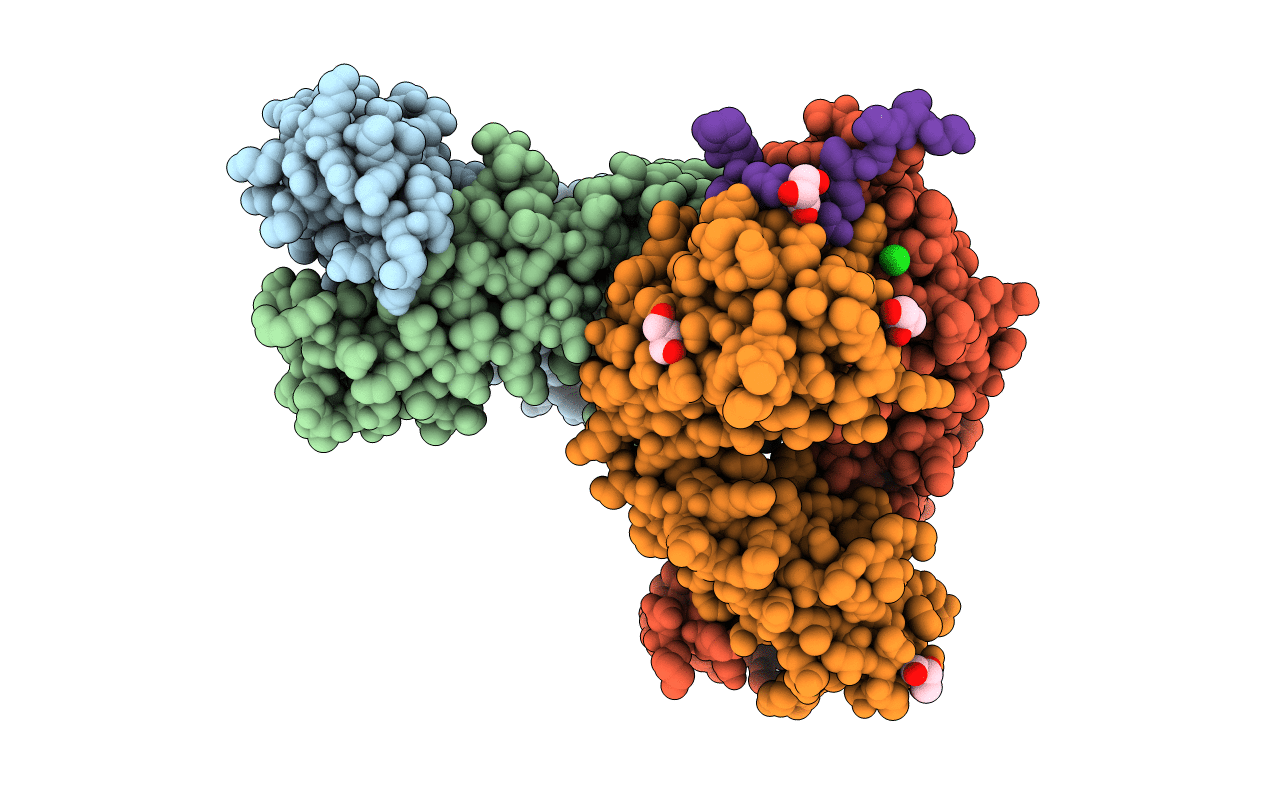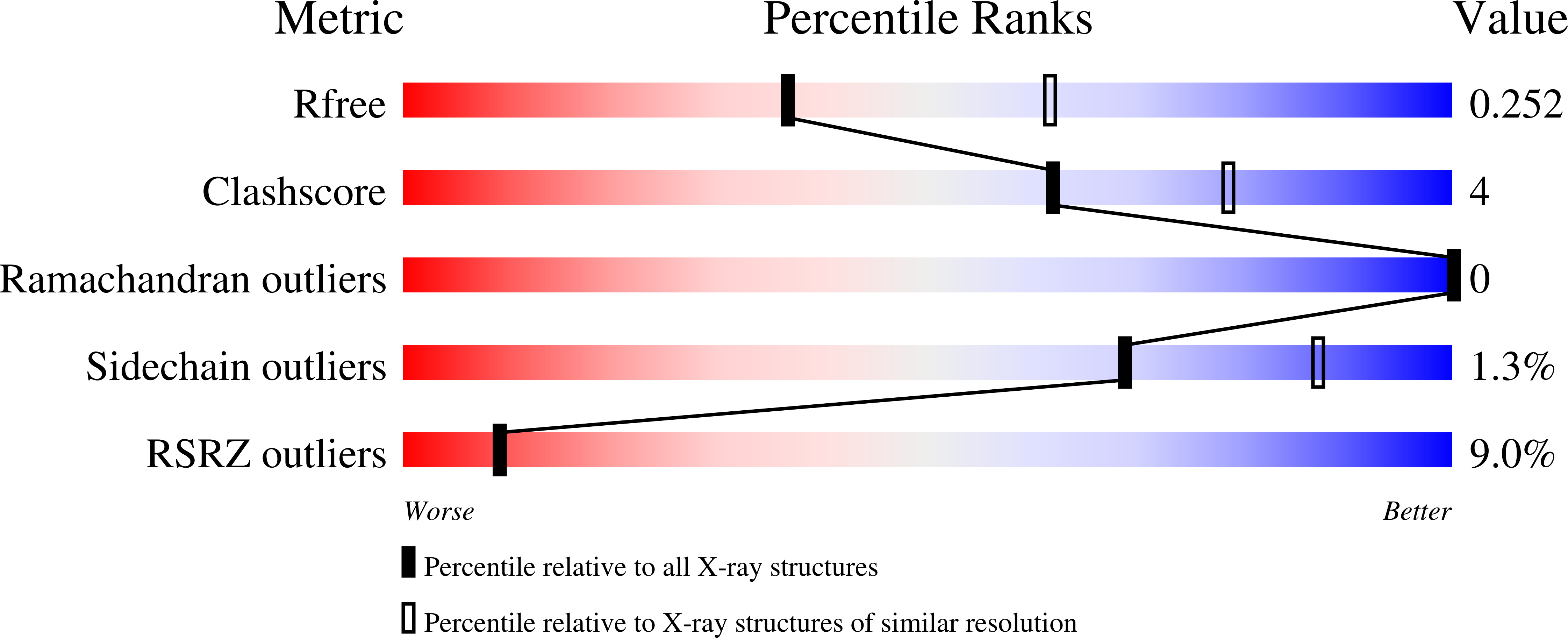
Deposition Date
2020-09-23
Release Date
2022-01-12
Last Version Date
2024-11-13
Entry Detail
Biological Source:
Source Organism:
Homo sapiens (Taxon ID: 9606)
Human gammaherpesvirus 4 (Taxon ID: 10376)
Human gammaherpesvirus 4 (Taxon ID: 10376)
Host Organism:
Method Details:
Experimental Method:
Resolution:
2.50 Å
R-Value Free:
0.25
R-Value Work:
0.21
R-Value Observed:
0.21
Space Group:
I 2 2 2


